No matter how much you love work, you need one form of motivation or another. Likewise, customers need a form of catalyst to keep buying from you. In fact, 75% of customers say they’re more likely to make another purchase after receiving a loyalty reward.
But, you also need to make your team happy to serve your customers. You can keep 63% of your employees from looking elsewhere with an organizational reward program.
Although you want to keep both your customers and employees happy, being tactless about it can lose you a lot of money. But, with Xoxoday, you can link your incentives and rewards programs very tightly with your business KPIs.
In this interview, Manoj, co-founder of Xoxoday, tells us how you can motivate your employees, customers, and channel partners with appropriate emotional reinforcements.
Read on to find out how.
Key Takeaway From The Interview
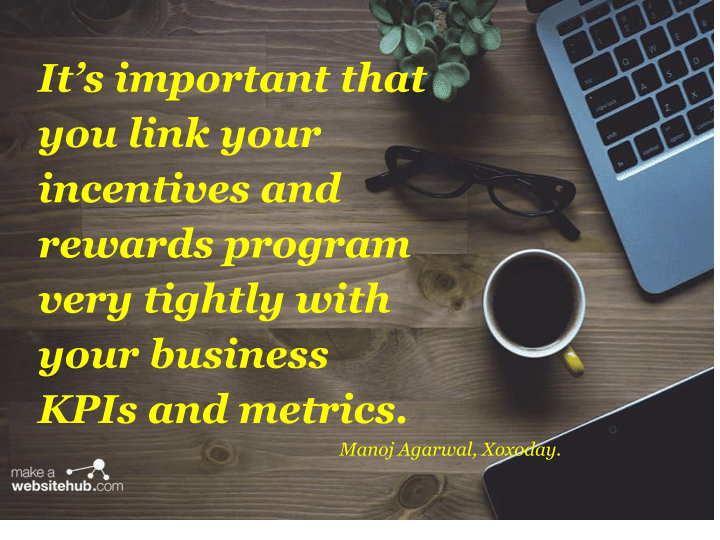
In this interview, Manoj Agarwal, cofounder of Xoxoday, enlightens us on how to drive business results with rewards and incentives programs.
Here are some key takeaways:
- To launch out fast, start with people in your network with the same background as you, and ask for a referral.
- Find out what your users are saying about your product, and use their feedback to make improvements
- To improve user experience, provide helpful resources, and make navigation easy
- First identify why you’re looking for a reward or incentive program, before execution. This step is important to get the appropriate program.
- Business transactions involve humans, so you must find out what motivates your buyers to buy from you and what keeps your team motivated.
- Carrying out surveys helps you identify areas where employees are unhappy. Your findings can show you the right rewards or incentives to use.
- It’s important that you link your incentives and rewards program very tightly with your business KPIs and metrics. In that way, you won’t be making yourself unhappy while satisfying others.
- When you provide useful features for your users, it’s your responsibility to show them the importance
My Conversation With Xoxoday Manoj Agarwal

1. You’re welcome. Please, introduce yourself and tell us about your business.
Yeah, Nicholas, I’m Manoj Agarwal, one of the founders at Xoxoday.
In terms of my academics, I have a BTech and MBA with about 15 years of work experience. And in these 15 years, I spent seven years in the corporate world, and eight years in my startup.
I have worked with companies like Yahoo!, when Yahoo! was much bigger than the Facebooks and Googles of the world. And then I worked with Flipkart, which is one of the largest e-commerce companies in India.
My three co-founders and I started Xoxoday after my journey at Flipkart. It’s been eight years since we started the company and we’ve been doing well.
As for my interests and hobbies, apart from my day-to-day work, I really enjoy spending time with my family, spending time with my son.
I’m also a big fan of yoga and fitness. So I’ve been doing yoga for almost 10 years now.
I also indulge in a lot of sports. I play racquet sports, like badminton, lawn tennis, and some cricket.
2. What experiences led to Xoxoday? Why did you choose the name?
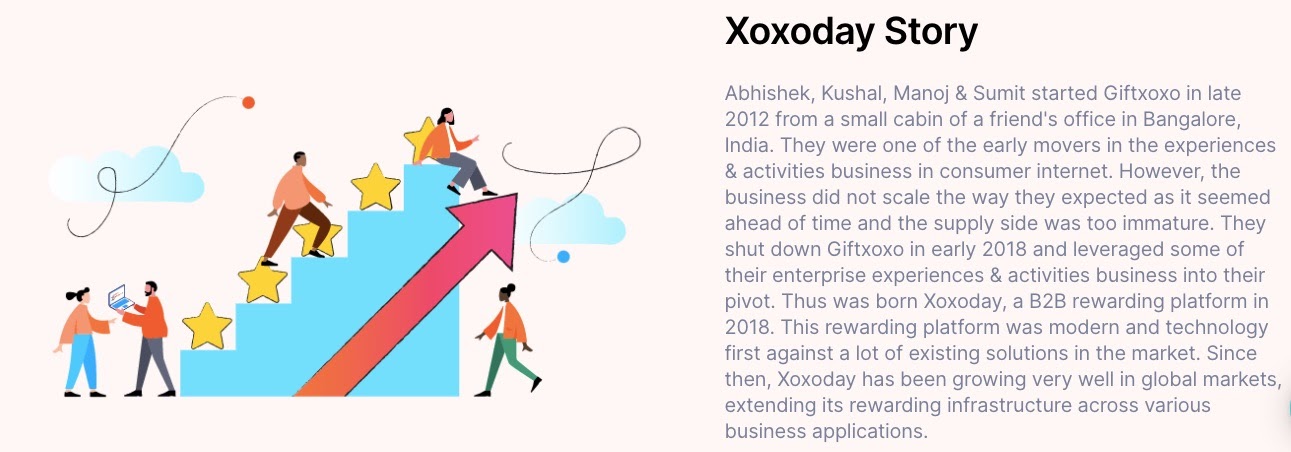
On how we got the name Xoxoday. We were just trying to figure out a catchy name that will also go well with the business we were trying to do. And that’s how we came about Xoxo.
Xoxo is hugs and kisses. So it sounded like a very nice word because it’s very modern and colloquial. I mean a lot of people use it in their personal language.
I feel Xoxoday brings more love and affection to your life. So just like you have a Sunday, Monday, Tuesday, also add a Xoxoday in your life. Fill your life with love and affection with Xoxoday.
And that’s what we’re doing as a business as well. Our products are all about how we can help our customers bring joy to their employees, their sales teams, and their channel partners.
How they can bring more love and affection in how they’re working and giving results in their company.
3. Okay. Interesting. So in the beginning, what was it like? What experiences made you feel like you wanted to solve the rewards and incentive problems in organizations?
When we look at any business problem, we see it as a human problem. We keep saying that it’s a B2B business, it’s a B2C business, it’s a C2C business, but I’ll generally say it’s all H2H. Every business is Human to Human and humans always need a desire and a motivation to do any action.
So whether in our personal lives or our professional lives, we need some catalyst or motivation to do something. So even if we recall our days as kids, we’ll remember that we needed some kind of motivation to do some action. The same applies to grown-ups.
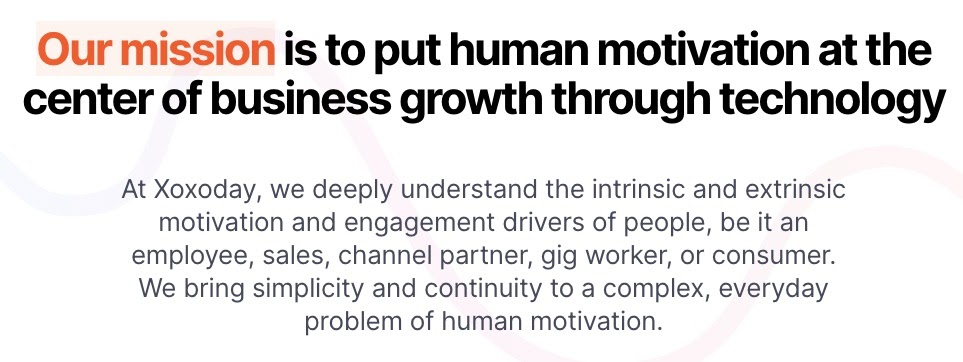
For everything we do, we need some kind of desire and motivation to help us. That’s why we chose the business of rewards and incentives.
We found out that to move a human forward, whether as an employee, a sales guy, or as a channel partner, you need to motivate that person. And it has to be done by reinforcing the behaviors he’s found to excel at. Plus, it doesn’t matter whether the motivation is intrinsic or extrinsic.
And that’s where we found a very big gap in the existing products and services out there in the market.
…whether we talk about our personal lives or our professional lives, we need some catalyst or motivation to do something.
In some of our secondary and primary research, we found that the market size is huge. There’s a huge potential in employee rewards, consumer rewards, as well as sales and channels. And that’s how we started this business.
Just like any other startup, we had our share of challenges. It was a roller coaster kind of ride, filled with fun, as well as other challenges.
So, we came across different challenges. We overcome those challenges. And every day comes with a new challenge.
However, we were able to overcome those challenges with the kind of team we have and with all the efforts.
4. Incentivizing people to take action, especially in a business environment, can quickly become expensive. So, when you incentivize people to become leads or to make an extra purchase, you’re trading something. How can companies offer rewards that always end up in a positive ROI? And how can they sustain that culture?
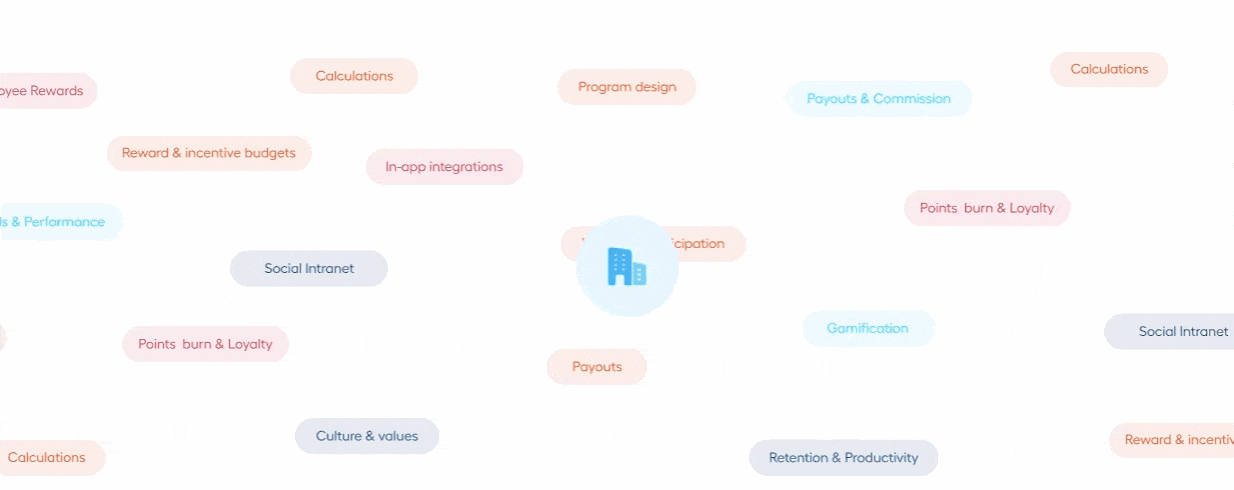
Companies have to first identify why they’re looking for a reward or incentive program before executing it.
So first, you have to link your incentives and rewards program very tightly with the business KPIs and the business metrics.

You should already know why you’re starting a program. For instance,
- Moving your sales funnel
- Reducing employee attrition, or
- Charging up your sales team.
And if you’re very clear with the objective you want to drive with the rewards and incentive program, then you’ll make an informed decision. I mean, you will make your decisions based on data.
And, if you’re able to connect the rewards and incentive expenditure with the ROI, you’ll be able to ask questions like
- Is my money going in the right direction?
- Is my reward budget, good or bad?
- Is it small or large?
…link your incentives and rewards program very tightly with the business KPIs and the business metrics.
So it’s very important that organizational reward and incentives very closely with the business metrics.

This is key to our value proposition to our customers. Because other solutions in the market were not able to link their rewards and incentives solutions with the business KPIs for the clients.
But we’re strongly connected with the roles and goals of the client metrics, and that’s why our clients are finding the value in what we do.
5. You talked about data right now. Is there a way that you help companies do that calculation? Where they can, maybe, take a survey, use a calculator, or the likes to determine what they get out from whatever they’re putting in? How can one bring in data using Xoxoday?
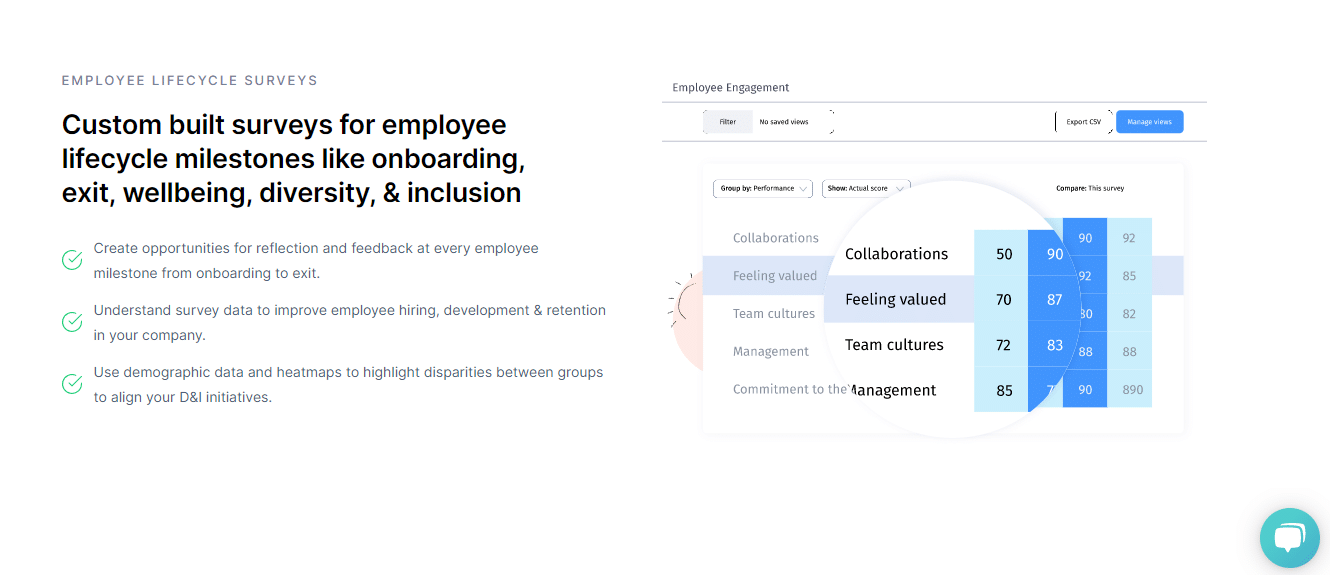
Yeah, before a client comes on board with us, we share the details with them. We let them know what kind of budget they need to drive what they want.
We also give them some DIY calculators and they can play around with. They can input what they want to achieve and it will tell them what kind of budget they should put in.

If my employee size is X, or my sales team size is Y, what kind of budget do I need to put in if I want Z kind of response rate in my sales and so on. So you can get an indicative kind of a budget.
And then you can also add some data points from your own historical data from your company.
Once you marry these two data points together, then you’re able to arrive at some kind of final numbers that will help you get that this should be the kind of budget and this is the kind of ROI I can expect from the program.
6. Is Xoxoday built to serve businesses with in-house staff only? Or how does it work for businesses that use contractors and freelancers?
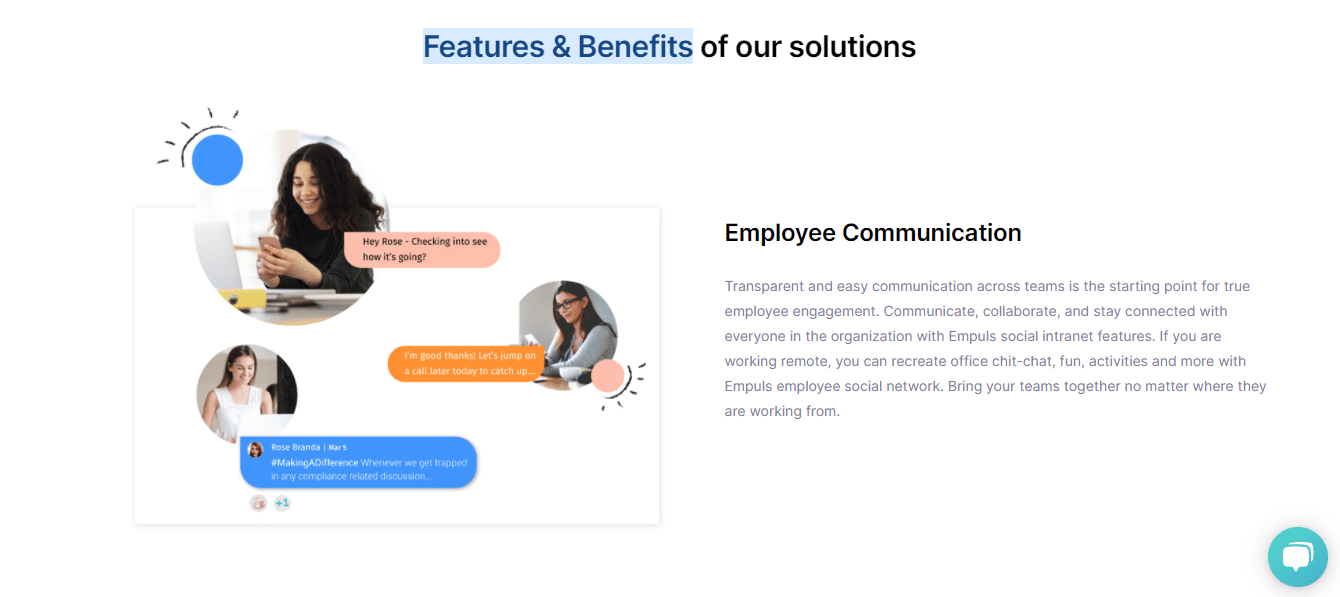
The solution caters to both permanent employees, as well as contractual employees.
It doesn’t differentiate whether your employees are permanent, freelancers, gig workers, or contractual staff, because the trend will increase every single year because you will depend more upon gig workers and contractual staff.
In fact, I would say for 20 to 30% of our clients, we help them with incentivizing their contractual or gig workers.
For example, some of our clients in insurance have a huge sales team. Now, most of these sales teams are not on their payroll. they’re contract staff. So we work with them.

Similarly, we work with a couple of companies where the customer care teams are not permanent employees, but contractual staff.
So, the product works very well for both permanent as well as contractual teams.
7. According to SurveyMonkey, 63% of employees who are rewarded are very unlikely to look for a new job. Does that data reflect your experience at Xoxoday and how does your employee engagement program help organizations boost their employee engagement?
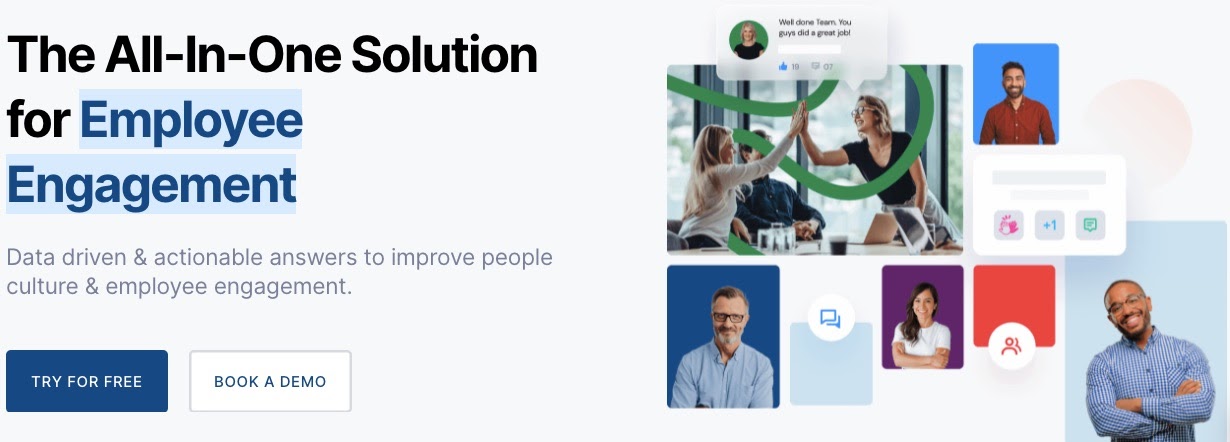
In employee engagement, first, you have to identify what motivates your employees.
You have to identify the “why” behind the employee engagement, and then you find out their solutions.
Many times what you’re seeing is that companies get into the solutioning rather than actually understanding the problem.
And that’s what we first help our clients with. We help them identify the various drivers that engage or disengage their employees through our pulse surveys and engagement surveys.
And that survey will give you data in terms of employee Net Promoter Score (NPS). And then you can know whether they’re happy, unhappy, or what other problems they’re facing. And then you can drill down your findings.
You’ll find out that your employees might be unhappy because you’re not appreciating them for the efforts they’re putting into their work. Or their work is taken for granted.
Or, maybe the culture of appreciation doesn’t even exist in the company.
In employee engagement, first, you have to identify the reasons your employees are motivated.
So in that case, you’ll start with a plan or product like Empuls by Xoxoday. Then we’ll take you through how to drive the culture of appreciation in your company. And how you can recognize your employees for the efforts they’re putting in?
Similarly, let’s say a sales team might be unmotivated because they’re not getting their commissions and incentives on time. Imagine that you’ve done their quota in the Christmas period of 2020, and you’re waiting for your incentives and commissions in April of 2021. That sales guy is already demotivated and he might even leave the company, or he might not put his best efforts to drive his sales.

So it’s like a snowball effect for the company that they’re losing the motivation of that employee who would have even done much better if his commission was paid on time.
So once you identify the problem, then you can really nail it down and really tackle the problem very well. But if you just shoot in the dark without identifying the problem, then many times you might be spending time in the wrong area.
8. How does your Compass gamification software help boost sales? What is Xoxoday’s Sales team game mechanics’ best use case for ecommerce store owners?
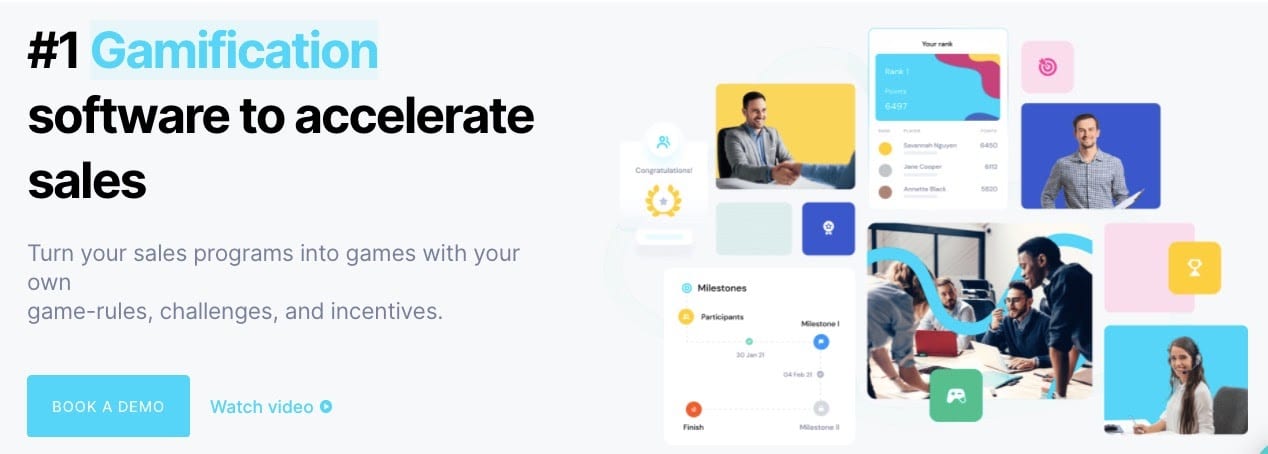
Yeah, some of our solutions are to help the customers move in the typical marketing AIDA funnel. That’s the AIDA funnel which we generally keep talking about in marketing.
So, if your customer is on the e-commerce card and he’s not really checking out, then you can nudge that customer with some kind of offer. An example is, “if you’re buying today, then you will get something extra.”

So e-commerce companies can use our modules to drive some of their business using some of the features like
- Nudging the customer during checkout
- Bundling some offers such that they get free products when they buy
- Running some discount and coupon codes.
So that a repeat customer gets some kind of an additional discount.
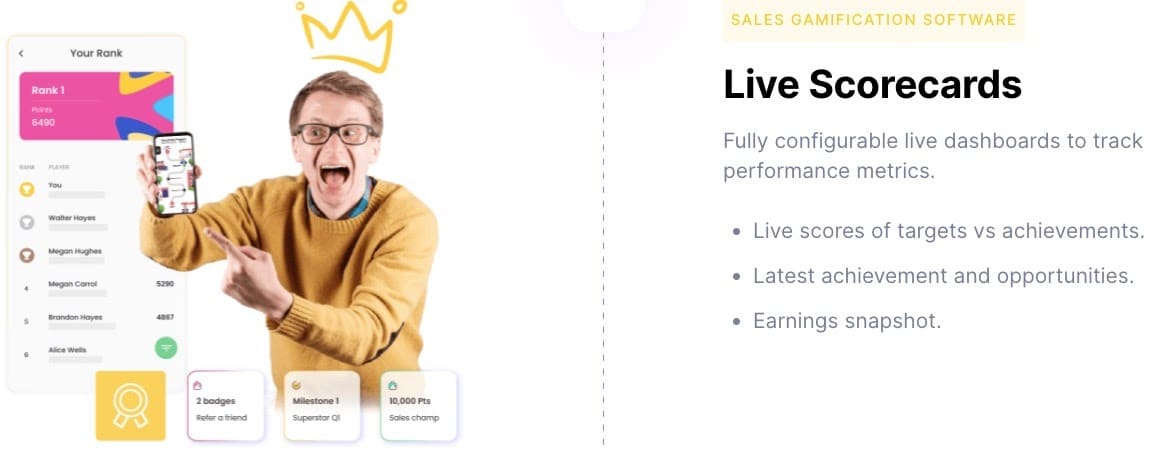
And they can then use our loyalty points API to drive some kind of a loyalty program for their repeat customers. These customers can accumulate reward points for every purchase they make.
9. How does Plum enable the implementation of seamless consumer promotions? How can companies leverage Plum’s offerings to delight consumers?
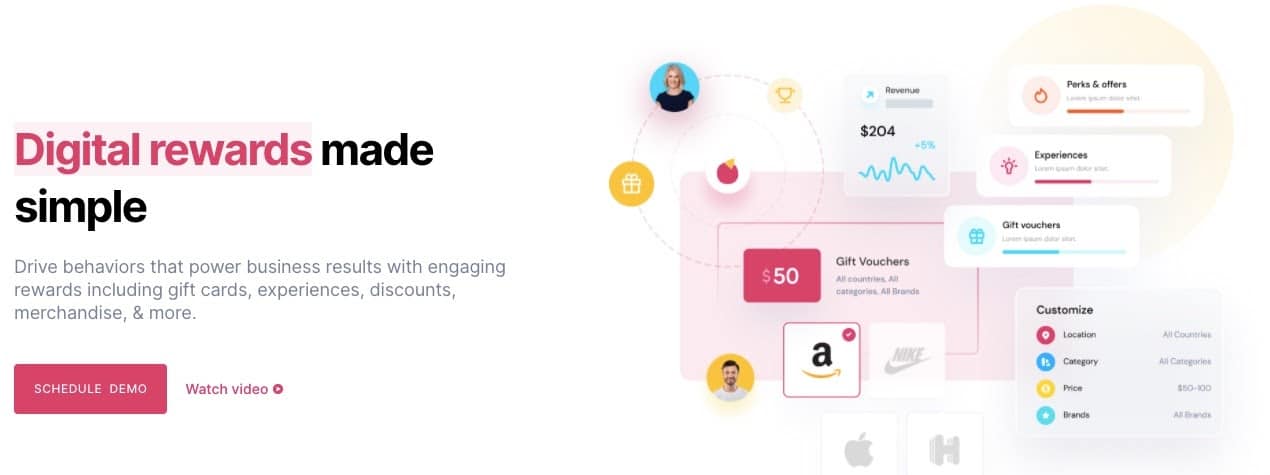
When you talk about consumer promotions and sales promotions, that will include:
- FMCG
- FMCD
- Your electronics companies, and
- Ecommerce companies.
They do a lot of these programs to drive more and more sales. Now, Many of these companies depend on some third-party agencies and the entire process is very manual. So we have done a lot of automations in the entire consumer promotion.
So for example, if you want to run some kind of a scratch and win kind of consumer promotion, you can actually do that using the plum platform.
Similarly, you can run some kind of program where you bundle products or some kind of offer for a specific period. Let’s say you want to just run an offer only for two months. Then you can use our product for points, or maybe for coupon codes.
They can generate the coupons and these coupons can be generated in different denominations, currencies, and then there are different ways they can generate them. And these can be bundled together to give some extra delight to the consumer.
So a lot of these things are not the core competence of these companies, and they depend upon companies like us to run these kinds of programs.
10. Xoxoday has thousands of clients and millions of users today. But how did you get started? What was your experience in generating your first few users?
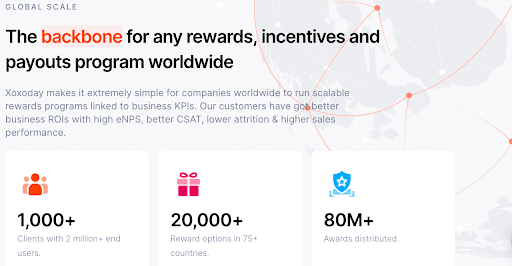
The first few users are always your special ones, just like your first few friends. There were two things which really helped us in winning our first few customers.
One is, most of us came from a corporate background. We had some work experience in the past. We also had some references and connections in the industry. So we tried to go to our referrals and people who we already knew in the industry.
We tried to explain our product to them and that was one really good way through which we actually got a few initial customers.
And the second way, which really worked for us was perseverance. I mean, we were really hard-working guys. We did not give up.
I still recall that one of my early clients in the US, whom I have interacted with almost 70 to 80 times on emails and LinkedIn, called to finally get that order.
And the best part is, they’re our customers even today. So it’s almost like seven years since they have been our customers.
But at the initial stage, it took almost six months to grab that customer. And the entire thing that worked for us was hard work and perseverance.
We kept on sharing our information with the client, kept on sharing some content and benefits with the client who might find it very useful for himself. And one day we actually got his attention and cracked the client.
11. I see that you have a lot going on. How can users understand your product better? Apart from your blog posts, do you provide resources or guides to help each audience segment understand how you can benefit them?
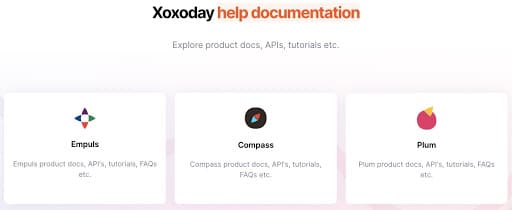
User experience has been a key and very important function for us in the product and engineering teams.
We do a lot of user research when we’re planning a new feature. And also once our feature is live, we keep on taking consumer feedback and keep improving our product.
So first, the UI and UX itself make the journey very seamless for the customers.
Secondly, we use a product called Pendo. Pendo is a very famous product for user navigation that gives users the right tooltips, and helps document when they’re on our platform.
We use another product called GitBook for managing our entire documentation and release notes and our help section.
We maintain all our documents and Frequently Asked Questions on the GitBook repository. And then, we use a product called Freshdesk for managing any customer issues, so they can write to us any time of the day. And our customer success team responds to them within four to 12 hours.
So, yeah, these are some of the ways we make sure that we help the customer in every step of their journey.
12. Okay, great. So I’m curious, is there any feature in Xoxoday that users have not made the most use of? You know, that it’s a really powerful feature, but they’re just not putting in as much attention to that feature as they should.
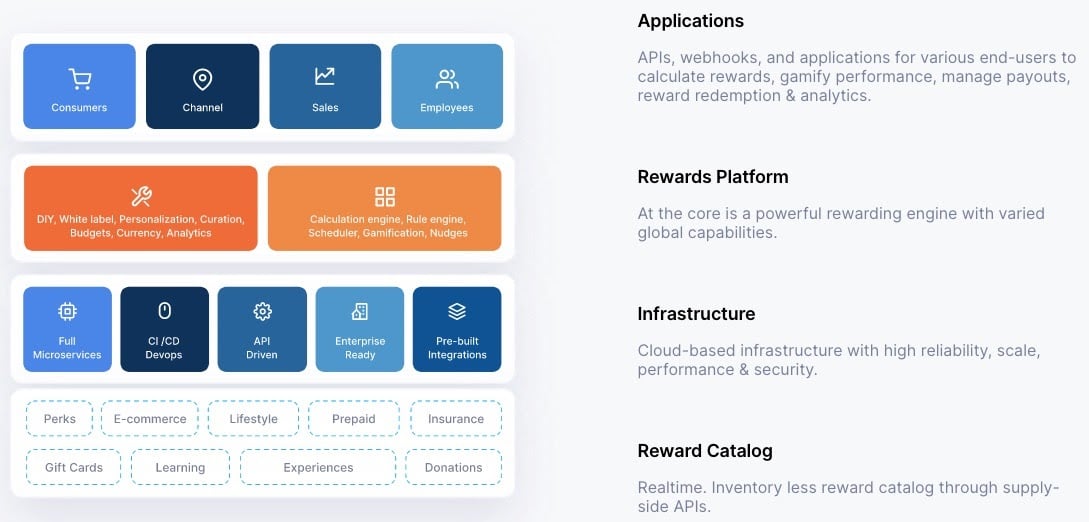
That’s a great question. As a company, you build a lot of features and products, and then you find that some of them are used, some of them are not used.
So one of the features which is a very fantastic feature is around employee engagement, surveys, and pulse surveys, which is there in our Empuls product.

That’s a very fantastic feature because it can really help companies to understand their employees very well.
And then it can also help to reduce the attrition in companies. So it’s a direct impact on the bottom lines for the companies.
But we still find that the usage is not as good as we were expecting.
We’re also figuring out how we can improve the usage, but I think it also requires some more awareness. Our customers need to know about the feature and the importance of the feature to use it properly.
13. What’s the best thing anyone ever said to you about Xoxoday?
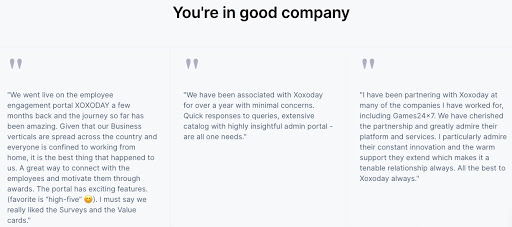
That must be a lot of things, but we keep getting a lot of feedback like you guys are available 24/7. That’s really delightful, I mean, you guys rock, whatever it takes, whether it is a weekend or a holiday, you’re always there.
I mean, that’s really delightful. So even if it’s midnight and the customer is facing some kind of a problem, we have our teams to help them.
About Xoxoday
Xoxoday is a reward and incentive platform with powerful applications for sales, employees, consumers, and so on.
With Empuls, Compass, and Plum, Xoxoday makes it easy for companies to run scalable rewards programs linked to their business KPIs. Businesses use Xoxoday’s technology to calculate incentives, send rewards, manage commissions and disburse payouts online.
Xoxoday’s solutions have over two million users with their customers saying that they’re seeing improved ROI in their businesses, higher NPS, lower attrition, and higher sales performance.
Abhishek, Kushal, Manoj, and Sumit launched Xoxoday to put human motivation at the center of business growth through technology.

Hi Nicholas,
It was an amazing read! I really learned a lot from this interview. I am a startup owner as well, and I think all of these tips will definitely help me manage my business better. I think I need to strike the perfect balance, and keep both my customers and employees happy. It will help me take my business future. All of the insights from thai interview will definitely help em in my process. Thanks a lot for sharing these.